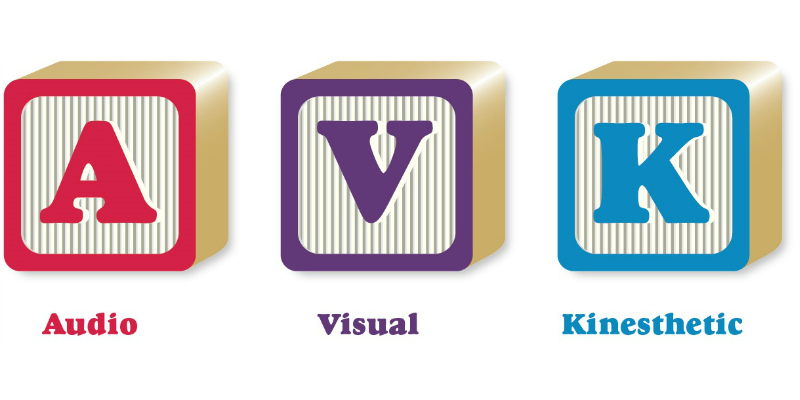Understanding Our Thinking Patterns
By Marni McEntee | Illustration by Ann Christianson
Do you ever wonder why you prefer to sit back and listen before forming an opinion or expressing a thought, while it seems everyone around you is expressing their heads off? Or, do you ask yourself how come, unlike other people, you feel the need to move your body in order to activate your mind? Or are you someone who needs to see something before you can start doing it?
All these examples are ways each of us learns about and understands the world around us, according to Vida Groman, a Madison counselor and expert in Perceptual Thinking Patterns, a model developed by educational psychologist Dawna Markova.
These patterns, Groman says, are ways in which every individual’s brain uses perceptual channels, or so-called “tools of the mind,” to process information. The three tools are auditory, visual and kinesthetic. Each person’s mind uses all three. And these three combine to create a thinking pattern.
Learning about your own thinking pattern can help you understand why you do things a certain way. For example, Groman says, if you typically beat yourself up for not speaking easily, knowing your thinking pattern may lead to accepting yourself.
“It’s a way of embracing your enough-ness,” she says. “It helps you understand how to have satisfaction in your life. How to be creative. How to heal. It’s a tool that lets you know who you are.”
Groman says understanding thinking patterns can help us learn, process and communicate more effectively. “And, it is important to realize that someone’s pattern,” Groman says, “is not who they are. It’s just the pathway, the road map that their mind uses to process the world.”
Knowing about thinking patterns can help create more understanding at home with loved ones, at work with colleagues and within ourselves.
“We no longer can say that it is true that when people say ‘I need to see it’ or ‘I’m feeling it’ or ‘I’m hearing it,’ we are understanding what their experience truly is. Depending on where that perceptual tool lives in their mind, we’re all having a different experience of it.”




